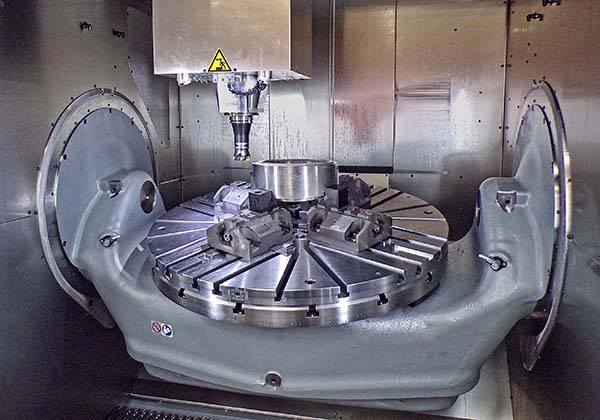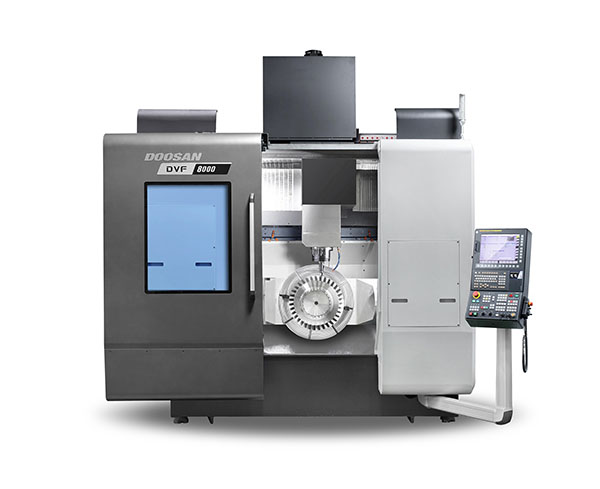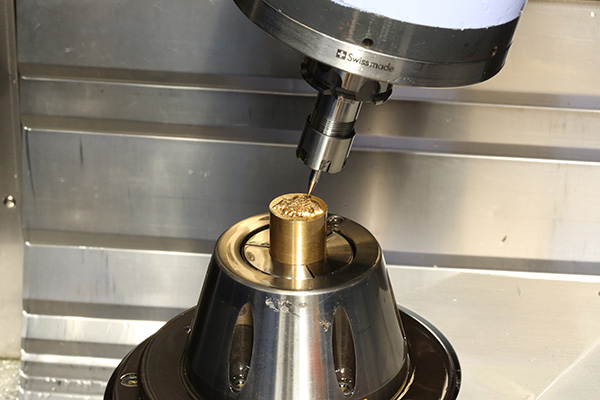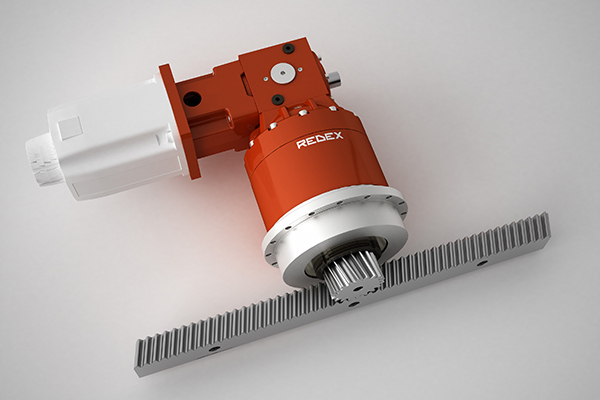Part of the British Engines Group based in the north of England, BEL Engineering operates two factories at Newcastle-upon-Tyne and Cramlington to provide project-managed manufacturing solutions, some of which involve the heavy-duty subcontract machining of large workpieces weighing up to 40 tonnes.

Much of the metal-cutting activity involves turning on horizontal- and vertical-spindle lathes, but parts often have to be transferred to a prismatic machining platform for milled and drilled features. Around 30 three-axis CNC mills are available at BEL for this purpose. However, for such parts to be produced more economically in one clamping, the subcontractor recently invested in a Hermle C62 UMT five-axis, vertical-spindle machining centre supplied by Kingsbury.
Having a nominal 1 cubic metre working envelope, the machine was duly installed at the Newcastle factory. It was BEL Engineering’s second venture into this technology; an Italian-built, five-axis mill-turn centre with travels in excess of 2 m in X, Y and Z having been installed a few years earlier. There is also a pair of Japanese-built five-axis CNC milling centres on site, one with a 10-pallet storage system.
The Hermle fits neatly between these larger and smaller five-axis models, extending the subcontractor’s capacity. In particular, following the company’s accreditation in October 2019 to AS9100, the machine is proving to be of ideal size to produce aero-engine parts for a nearby customer.
Bel Engineering’s chief production engineer Phil Westgarth says: “We mainly process tough materials, from high-strength steels through titanium, to nickel superalloys like Hastelloy, Waspaloy and Inconel. So we need powerful, rigid machine tools. A pair of similar Hermle mill-turn centres is being used successfully at another of our group companies, Michell Bearings, so this influenced our choice of the German machine.”
For further information www.kingsburyuk.com























